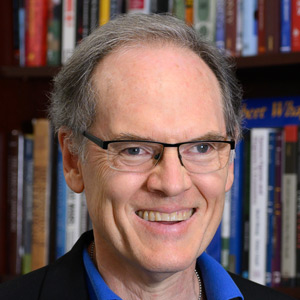Your next-door neighbor just added a big deck in back, and the guy across the street has a new Tesla in the driveway. They are pulling ahead, and you are falling behind. Nobody likes being outclassed. Meanwhile, there are poor people across town who live on half of what you make, and their kids sometimes go hungry. That, too, bothers you.
Caring about status is innate to human beings—and, most likely, to all sentient life—so we reflexively care about inequality. Likewise, caring about the misfortunes of other people is innate—so we especially loathe inequality when unlucky people are left behind. Too much inequality weakens society and degrades mankind. It can harm the people at the top, who think they are special and look down on others. And it can harm the people at the bottom, who sometimes react with self-pity and self-destruction and put in less effort to be good citizens.
Many (but not all) measures of inequality—such as the ratio of income of people at the 90th percentile to those at the 10th percentile or the Gini coefficient for wealth—have grown in the past few decades. But the truly long-term trend suggests that all of us—rich and poor alike—should count our blessings when it comes to inequality. Where do today’s poorest Americans fit into the all-time income distribution? Where do they stand among all 117 billion or so people who have ever lived?
The question seems unanswerable, but the answer is startling. We now have ballpark estimates of historical consumption levels that can be compared with the consumption of the poorest Americans living today. Let’s start with today’s poor. Consumption by the poorest Americans is about 5 times their reported income levels—thanks to things like transfers (monetary and nonmonetary) from taxpayers, gifts from family members, and unreported earnings. Data from the Bureau of Labor Statistics’ Consumer Expenditure Survey indicate that consumption equals about $12,800 per person annually for Americans in the bottom 5 percent. This turns out to be quite high compared to people of the distant past. Converting everything into today’s dollars, historical estimates suggest that these poorest Americans consume more than did all but 2 percent of the people born before 1650.
Historically almost everyone was dirt poor. Our ancestors who were hunter-gatherers or peasant farmers or serfs or slaves would marvel at the standard of living of today’s poor. They were malnourished, lived in hovels (if that), and would consider our hand-me-down clothes a luxury. The poorest 5 percent of Americans today also consume at a level that exceeds 97 percent of the people born between 1650 and 1850, exceeds 80 percent of those born after 1850 but are no longer living, and exceeds about 68 percent of people living today. When you add all the numbers up, the consumption levels of the poorest 5 percent of Americans today stand at the 95th percentile of all people who have ever lived.
We have achieved this success by tempering our envy. Instead of trying to pull down those who have more than us—and pulling ourselves down in the process—we have adopted cultural values that accept the autonomy of other people and have gained autonomy ourselves. Simultaneously, we have established a political and economic system that allows us to interact peacefully with each other, to cooperate without the fear that someone else will steal what we have produced. We have learned that trade and secure property rights benefit everyone—and evidence shows that the biggest percentage gains go to the poor. We’ve learned that almost everyone will work hard, work smart, and innovate if you give them an incentive to do so.
Envy is a truly deadly sin, but if anyone has reason to be envious it is our ancestors, who lived poor. From them we have learned the values that help make us so prosperous.












